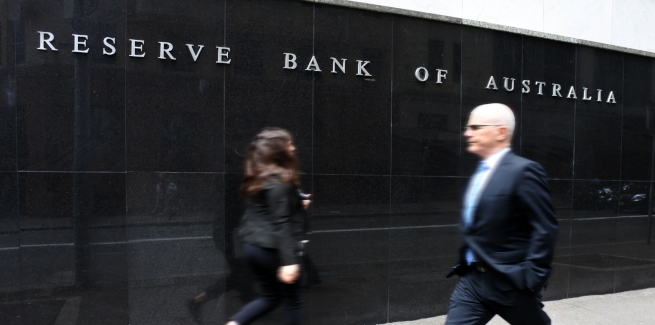In March, the Reserve Bank of Australia (RBA) launched a term funding facility (TFF) as part of its response to the economic fallout from COVID-19.
The TFF is aimed at supporting the flow of credit to small and medium-sized businesses by providing authorised deposit-taking institutions (ADIs) with three-year funding facilities at a fixed rate of 0.25 per cent.
Under the TFF, ADIs can draw down on funding of up to 3 per cent of their existing outstanding credit and will have access to additional funding if they increase lending to business, particularly small and medium-sized enterprises (SMEs).
The initial allowance of the TFF totals $90 billion and is due to expire at the end of September.
However, to date, take-up of the TFF has been subdued, with drawdowns totalling just $26 billion.
ANZ Research has noted that banks will need to draw down just under $6 billion per week until the end of September to take their entire initial allowance.
In an address to media on Monday (27 July), RBA assistant governor (financial markets) Christopher Kent said banks are in no rush to draw down on the TFF, with cheaper alternatives available.
“There are a few reasons why banks have not taken up more of this funding at this stage in the program,” he said.
“One is simply that many banks have accessed even cheaper funding from other sources in recent months, albeit at shorter tenors than three years.
“In particular, banks have been able to issue bank bills at rates below 25 basis points.”
Mr Kent added that banks have also benefited from strong deposit growth over the past few months.
“Bank deposits have grown, and an increasing share of deposits have been paying rates below 25 basis points,” he said.
Mr Kent said he expects drawdowns to “ramp up” in the coming weeks, with some banks holding off to prolong their repayment obligations.
“With no pressing funding need right now, and ample alternative short-term funding at low cost, delaying the drawdown is a useful option,” he observed.
“The calculus underpinning the decision of some banks to delay drawing on their initial TFF allocations will change closer to the deadline of 30 September.”
He continued: “At that time, it will make sense for banks to compare the certain 25 basis point cost of the TFF with the uncertain cost of other sources of funding over the next three years, including bonds that would mature over that period.
“So, our expectation and liaison with the banks suggest that the take-up of the TFF will ramp up as we get closer to the end of September.”
Mr Kent concluded by stressing that despite the low-take-up, the TFF has had a “significant impact” on the overall functioning of liquidity markets.
“On the funding side, the ability to draw on the TFF means that banks can be selective in how they raise money, and this has contributed to overall bank funding costs falling by around 60 basis points since February,” he said.
“And on the lending side, we have seen interest rates on new fixed-rate mortgages fall by around 65 basis points since February, and rates on SME loans fall by around 60 basis points.”
A second allowance totalling $60 billion will be available for banks upon the expiry of the initial $90-billion allowance in September.
[Related: Bank drawdowns on $90bn TFF dry up]

